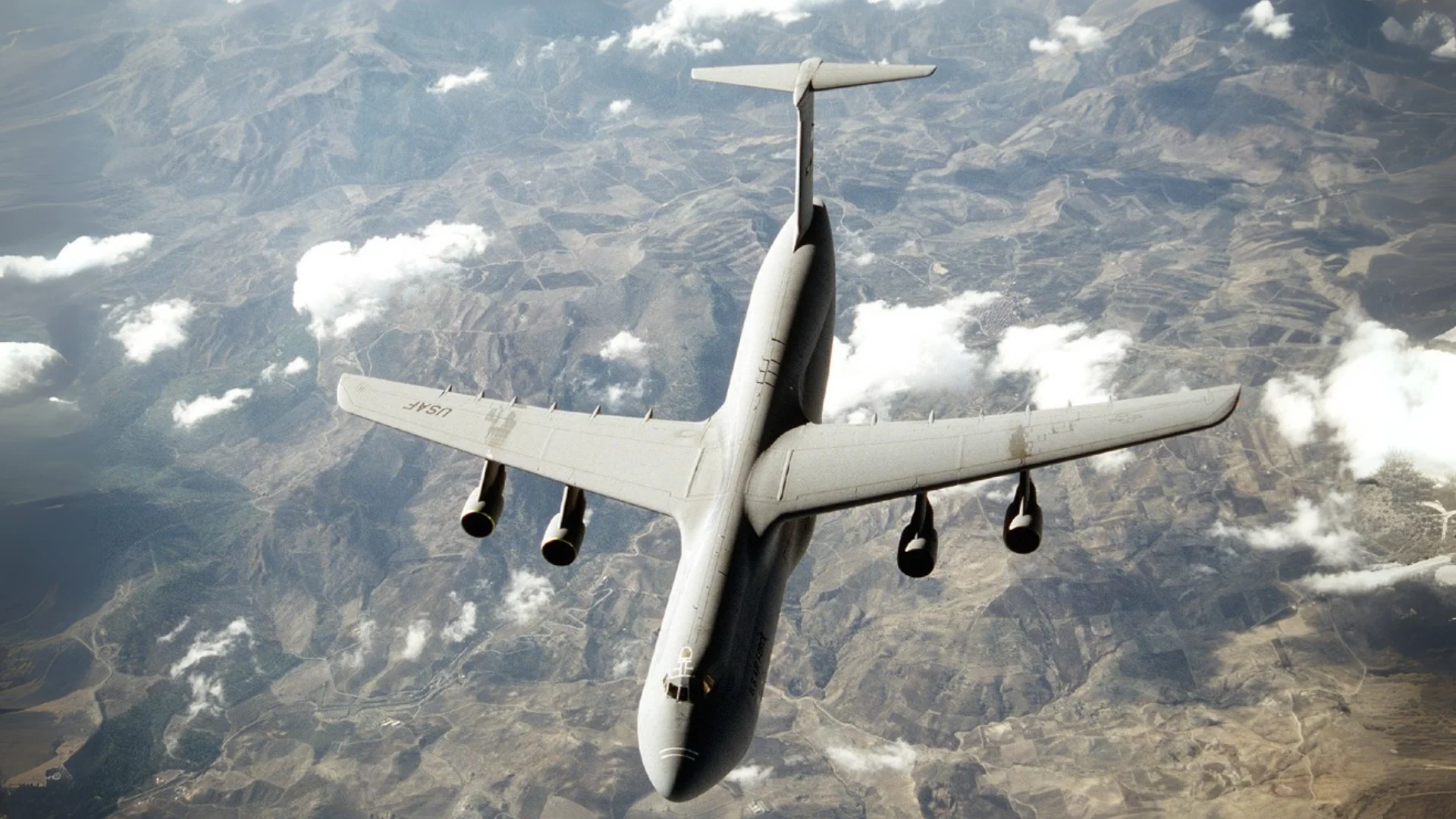The Lockheed C-5 Galaxy, specifically its modernized C-5M Super Galaxy variant, is the largest transport aircraft used by the United States Air Force. In contrast, the Airbus A380 holds the record as the largest passenger aircraft ever built. Both aircraft were products of eras in aviation when manufacturers and airlines believed that larger planes would be essential for future air travel and military logistics.
The development paths of these two giants intersected during the 1960s. The U.S. Air Force's "Heavy Logistics System" (CX-HLS) program led several companies to compete for a new strategic airlifter contract. Lockheed secured the deal with what became the C-5 Galaxy, while Boeing used elements from its unsuccessful bid to help design the Boeing 747. According to historical accounts, "While the Air Force liked Boeing's design, and even thought it was superior to Lockheed's, it selected Lockheed's solution partly because it was cheaper." The first C-5 flew in 1968 and entered service in 1970.
When comparing physical dimensions, each aircraft has areas where it leads. The C-5M Super Galaxy is longer at 247.8 feet compared to the A380’s length of 239.5 feet. However, Airbus’s A380 surpasses the military transport in wingspan (261.8 feet vs 247.8 feet), height (79.1 feet vs 65 feet), and fuselage width (23.5 feet vs an internal width of 19 feet). This reflects their different roles: "The A380's wider fuselage is better suited to its role of carrying passengers, while the Galaxy's narrower fuselage is better suited to carrying outsized cargo."
 Alerts Sign-up
Alerts Sign-up






























